Advertisement

- Updated on May 14, 2025
- IST 12:11 pm
Ever noticed how your grandparents seem to have more pep in their step than you do? They’re up at dawn, bustling around the house, while you’re still wrestling with your alarm after hitting snooze five times. It’s not just luck or good genes—there’s a secret to their vitality, and it’s hidden in their daily routines. In a world where we’re glued to screens and chained to desks, India’s elderly are outliving millennials, defying the odds of modern life. How? By sticking to traditional movement habits that keep them fit, flexible, and full of life. Your grandparents are fitter than you—steal their three ancient movement habits and watch your health transform.
In India, it’s not rare to see a 70-year-old outwalking a 20-something or a dadi tending her garden with more zest than a teenager scrolling Instagram. While millennials battle stress, sedentary lifestyles, and the traps of technology, the elderly have quietly mastered longevity fitness through practices as old as time. In this blog, we’ll dive into three such habits—morning walks, gardening, and yoga—comparing them to our modern habits (or lack thereof). We’ll explore why they work, how they benefit body and mind, and how you can bring them into your busy life. Meet Mr. Sharma, a spry 75-year-old from Delhi, and his grandson Rohit, a 28-year-old IT pro who’s perpetually exhausted. Their story will guide us as we uncover these traditional habits and why they’re the key to living longer and better. Ready to learn from the masters? Let’s get moving!
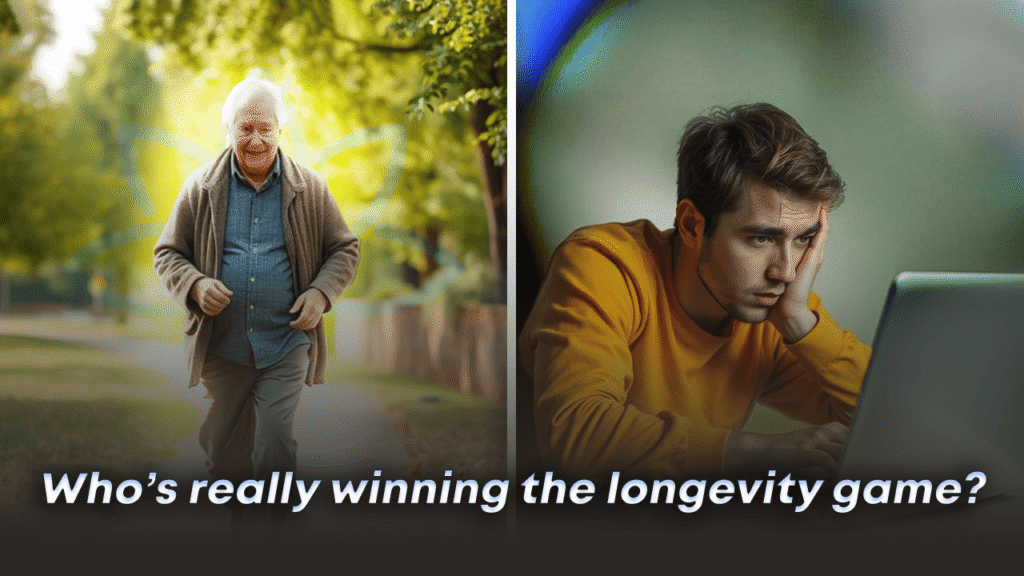
The Sedentary Trap: Why Millennials Are Falling Behind
Picture this: Rohit wakes up to a blaring alarm, rushes to the metro, spends eight hours hunched over a laptop, and ends his day with pizza and Netflix. Sound familiar? That’s the millennial life—hours of sitting, endless screen time, and a body that feels older than it should. Meanwhile, Mr. Sharma is out there living his best life, proving that age is just a number when you keep moving. The contrast is stark, and it’s not just anecdotal. A 2024 report from the Indian Council of Medical Research found that 60% of urban millennials are at risk of lifestyle diseases like diabetes and hypertension due to inactivity. Our sedentary lifestyle is silently stealing our health.
It’s not just about physical decline either. The mental toll is real—stress, anxiety, and burnout are creeping into younger lives, fueled by constant notifications and the pressure to be “on.” Technology promised connection, but it’s disconnected us from our bodies. We’re sitting more, moving less, and paying the price. Meanwhile, the elderly, with their simpler, active routines, are outpacing us in the millennial health race. It’s a wake-up call: we need to ditch the couch and rediscover the joy of movement. Let’s see what Mr. Sharma’s generation can teach us.
Habit 1: Morning Walks – Your Daily Dose of Vitality
Every day at 6 a.m., while the city snoozes, Mr. Sharma laces up his worn-out sneakers and steps out for his morning walk. It’s not a power jog or a marathon—just a 30-minute stroll through the park. He breathes in the crisp air, nods at fellow walkers, and soaks in the sunrise. “It’s my elixir of life,” he says with a grin. This simple habit, rooted in Indian traditional exercises, is a cornerstone of his energy and longevity.
Why Morning Walks Work
Morning walks are like a magic pill without the side effects. They get your heart pumping, boost circulation, and strengthen your cardiovascular system. The early sunlight delivers a dose of vitamin D for strong bones, while fresh air clears your head. Studies show that regular walking slashes the risk of heart disease, diabetes, and even depression—key concerns for today’s youth. For Mr. Sharma, it’s also about staying mobile and independent, something millennials risk losing if we don’t act. Plus, it’s a mood-lifter—those endorphins don’t lie!
How to Steal This Habit
No need to run a 5K to feel the benefits. Start small: a 10-minute walk around your colony or building. Gradually bump it to 30 minutes. Can’t do mornings? Pick a time that fits—consistency is what counts. Make it fun—plug in a podcast, blast some music, or just enjoy the birds chirping. For Rohit, swapping his morning WhatsApp scroll for a brisk walk could be a game-changer. Pro tip: try a “walking meeting” with colleagues or chat with a friend on the move. It’s as essential as your morning chai—make it non-negotiable.
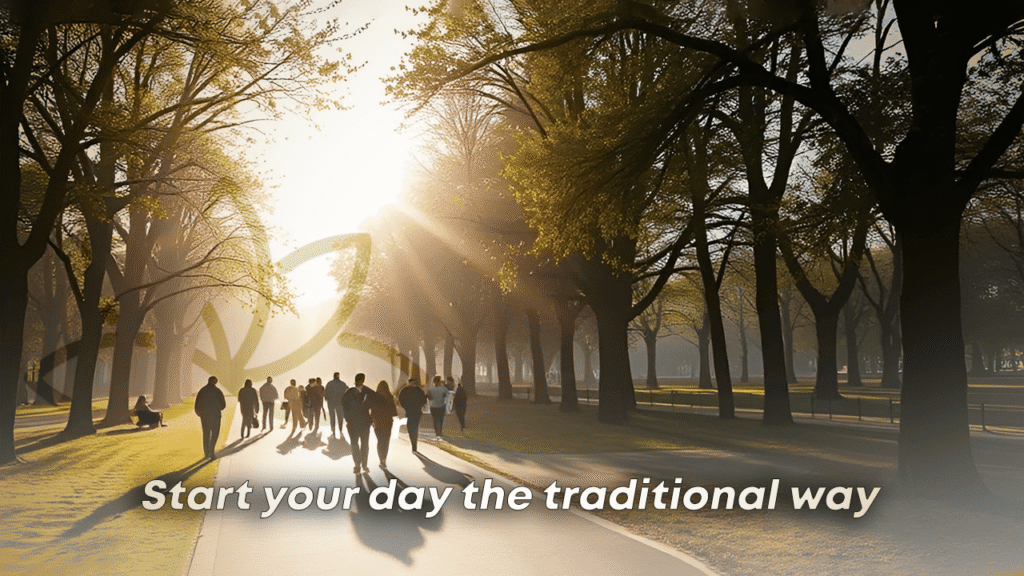
Habit 2: Gardening – Nature’s Gift to Body and Soul
After his walk, Mr. Sharma heads to his tiny garden. He waters his tulsi, prunes his tomatoes, and sometimes just sits there, sipping tea among the greenery. “It’s my happy place,” he says. Gardening isn’t just a hobby for him—it’s a workout, a therapy session, and a way to stay connected to nature, all rolled into one.
Why Gardening Works
Gardening is sneaky exercise. Digging, planting, and watering work your muscles, improve flexibility, and keep you active without feeling like a chore. Research backs this up: a 2023 study found that gardening lowers stress hormones like cortisol, easing anxiety and boosting mental peace. It’s a double win if you grow your own veggies—healthier meals, straight from the soil. For Mr. Sharma, it’s also about purpose—nurturing something living gives him joy and keeps him grounded, a stark contrast to Rohit’s screen-filled days.
How to Steal This Habit
You don’t need a big yard to start. Grab a few pots for your balcony or windowsill—mint, tulsi, or even succulents are perfect for beginners. Spend 10–15 minutes daily tending to them. City dweller? Try indoor plants or join a community garden. For Rohit, it’s a chance to unplug, get his hands dirty, and feel accomplished. Bonus: involve your family or roommates—it’s a bonding activity that beats another round of PUBG. Gardening’s a small step with big rewards, proving traditional habits can thrive in modern life.
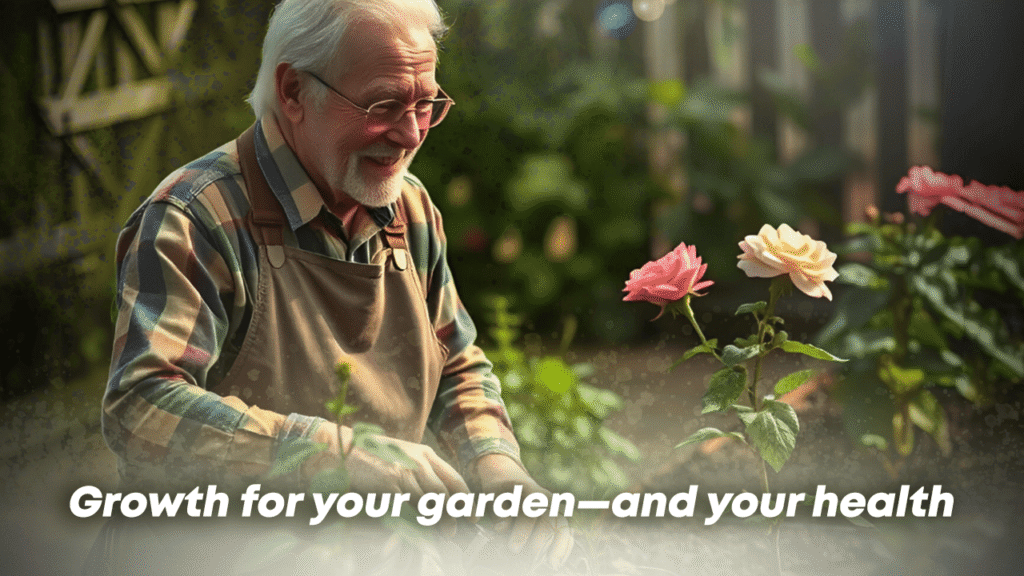
Habit 3: Yoga – The Ancient Art of Balance
Come evening, Mr. Sharma rolls out his mat for some gentle yoga. No fancy poses—just stretches and deep breaths that leave him calm and strong. “It keeps my body supple and my mind at peace,” he says. Yoga, a gem of longevity practices India has gifted the world, is his secret weapon against aging.
Why Yoga Works
Yoga’s a full-body tune-up. It boosts flexibility, builds strength, and sharpens balance—crucial for avoiding falls as you age. But it’s more than physical. The breathing exercises (pranayama) cut stress, lower blood pressure, and improve sleep—things millennials desperately need. Science agrees: regular yoga is linked to better immunity and even slower aging at the cellular level. For Mr. Sharma, it’s a daily reset, keeping him steady while Rohit battles deadlines and caffeine crashes.
How to Steal This Habit
You don’t need to twist into a pretzel. Start with basics: mountain pose, cat-cow stretch, or a simple child’s pose. Tons of free apps and YouTube videos cater to beginners—try 10–15 minutes a day. Short on time? A few sun salutations in the morning work wonders. Rohit could swap his late-night reels for a quick session—maybe even rope in friends for a group vibe. Yoga’s portable, free, and adaptable, making it the ultimate elderly fitness secret for any age.
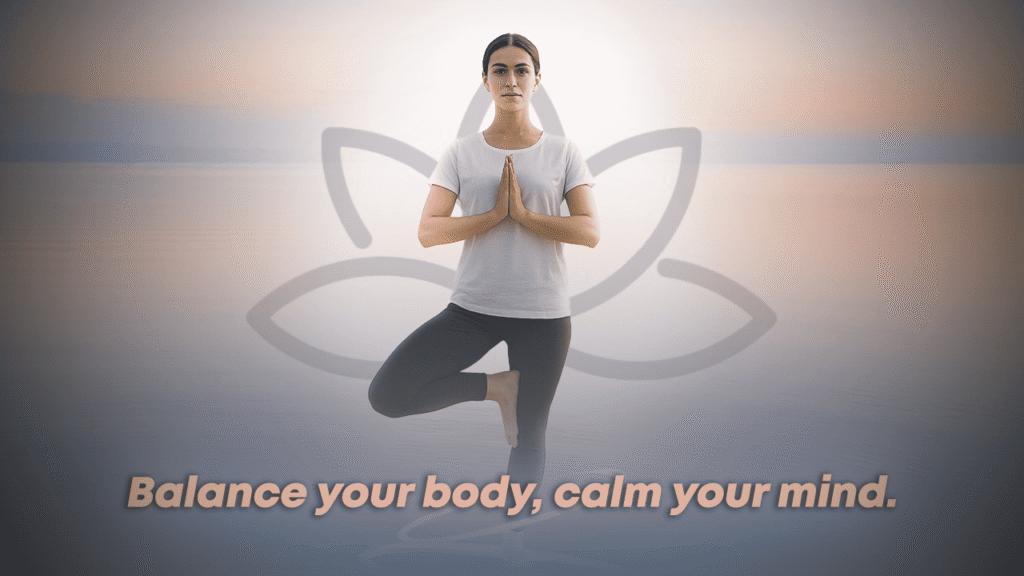
The Science Behind It: Why These Habits Equal Longevity
So, why do these traditional movement secrets help the elderly outlive us? It’s not magic—it’s biology. Regular movement, like walking and gardening, keeps muscles strong, bones dense, and hearts healthy. Yoga adds flexibility and stress relief, tackling both body and mind. Science backs this: a 2023 Journal of Gerontology study found that active elderly folks had a 30% lower mortality risk than their sedentary peers. These habits also fight inflammation—a big aging culprit—and may even protect telomeres, the DNA caps that shorten with time.
Then there’s the mental edge. Walking and gardening connect you to nature, slashing stress and boosting mood. Yoga’s mindfulness sharpens focus and resilience—stuff we lose to sedentary lifestyle risks. Mr. Sharma’s not just surviving; he’s thriving because these habits keep him in harmony. Millennials, take note: movement isn’t optional—it’s essential.
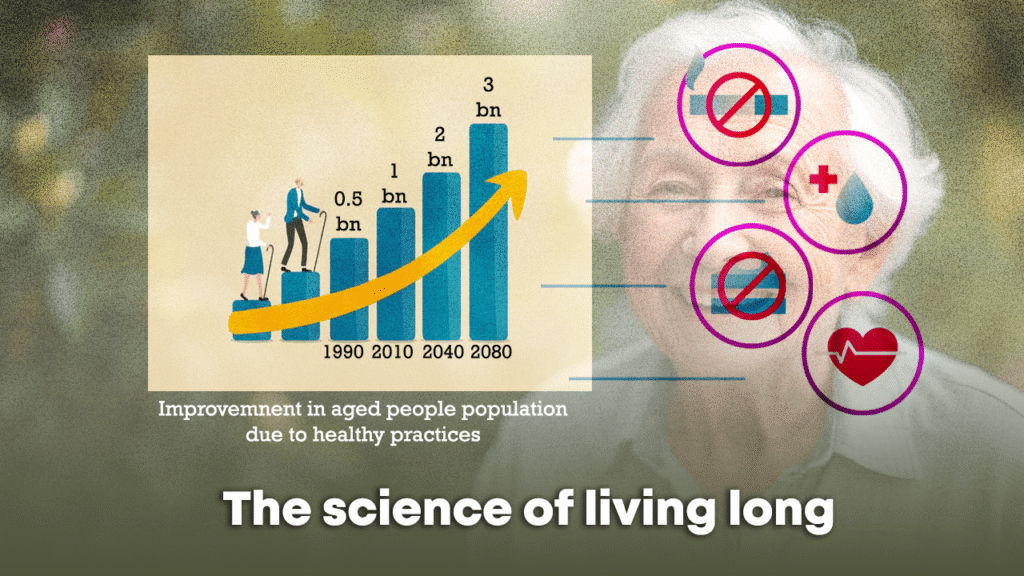
Conclusion: Move Like Your Grandparents, Live Like a Legend
Your grandparents aren’t just lucky—they’re smart. Their longevity fitness comes from habits we’ve ditched for convenience. But it’s not too late. Morning walks, gardening, and yoga aren’t relics—they’re tools to reclaim your health. Start small: a stroll tomorrow, a pot of basil this weekend, a stretch tonight. Fitness isn’t about gym memberships or extreme diets; it’s about consistency and joy. Mr. Sharma’s outliving Rohit because he moves daily—why not join him?
Challenge: Pick one habit and try it for a week. How do you feel? Drop your story in the comments—let’s inspire each other to live longer, better, and a little more like our elders. As they say, “Dadi knows best”—so let’s steal her secrets and make them ours!
You May Like This
Advertisement

You May Like This





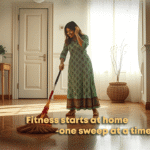


Advertisement
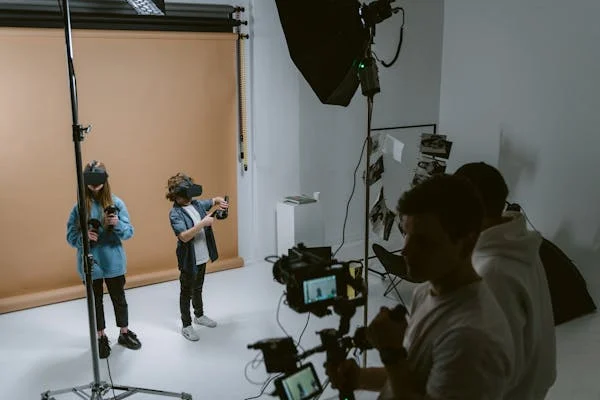
Advertisement

Advertisement





